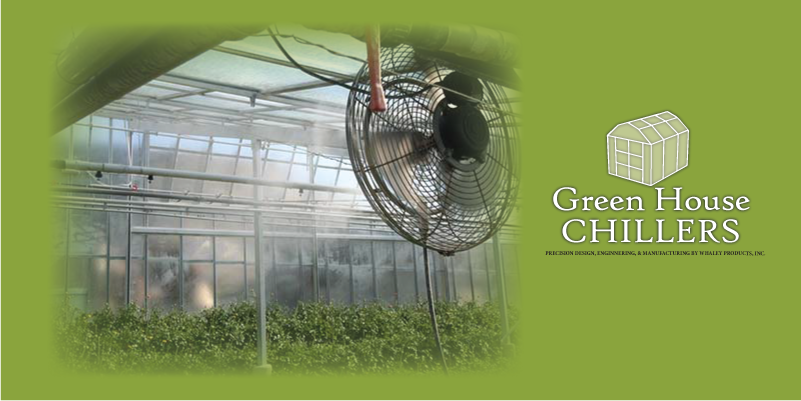Mist Cooling
Misting, uses the evaporative cooling to cool plants naturally. This is not a way to irrigate them, but to cool plant temperatures to a lower point. As temperatures rise inside a greenhouse, plants lose their humidity. Humidity is important to photosynthesis because the plants are not able to exchange moisture and CO2 into oxygen. Mist can be created by misting fans, or misting systems.
Misting systems use a forced water process, which is first cooled in a separate cooling tower and then sent to tank, or reservoir. From the reservoir/tank, the water is passed through a high pressured pump. These pumps can come in a variety of sizes dependent upon the amount of water that needs to be pressurized. From the pump, the water is carried along tubes that can be located at the top or bottom of the greenhouse. The water then emerges from a spray nozzles with tiny orifices. The orifices can range in a variety of sizes as 5 micrometers.
Misting fans are also available to cool greenhouses. They are sold as high pressure, medium pressure, and low pressure levels. High pressure misting fans enhance the cooling of the evaporation process, and cover more area than other sized fans. Like misting systems pumps come in a various size due to the number and area of the targeted cooling area.
In both misting systems and misting fans “flash evaporation” occurs. Flash evaporation occurs when a liquid instantly boils after it has been heated under pressure. This process occurs when evaporation occurs. The liquid vaporizes when heat is absorbed, and cools the surrounding area. Both misting systems and fan misting are great way too cool down greenhouses.

